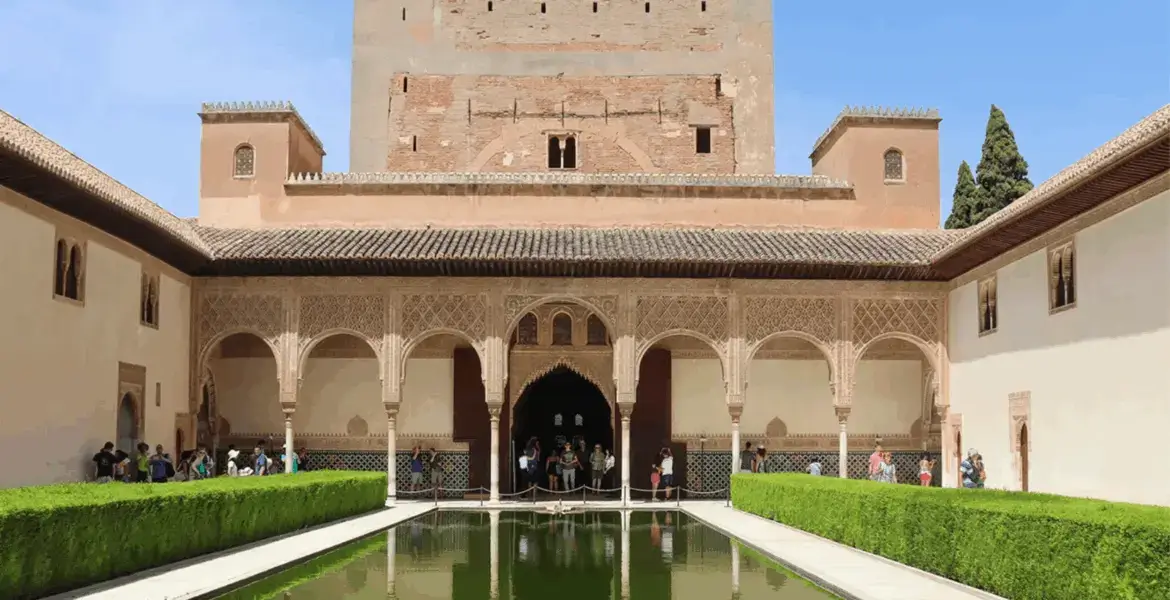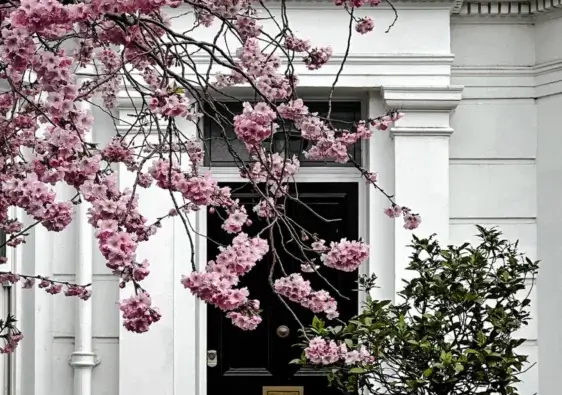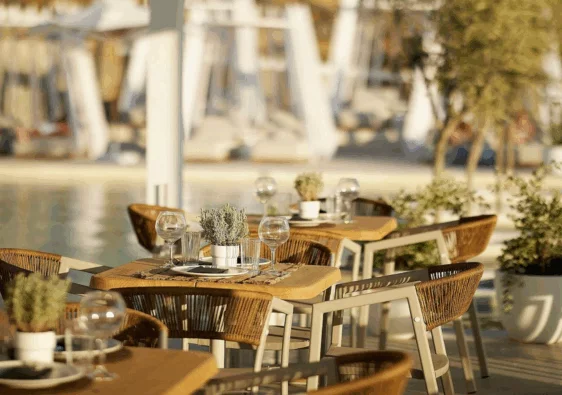All products are independently selected by our editors. If you buy something, we may earn an affiliate commission.
For travellers who see architecture as more than just walls and rooftops, the world offers journeys that feel almost spiritual. These are the top architectural pilgrimages – places where design, history, and culture meet, and where stepping inside is like entering another world. For the culturally curious, an architectural pilgrimage isn’t about ticking off landmarks; it’s about lingering, learning, and experiencing them with depth and, ideally, with a touch of luxury.
1. The Alhambra, Granada
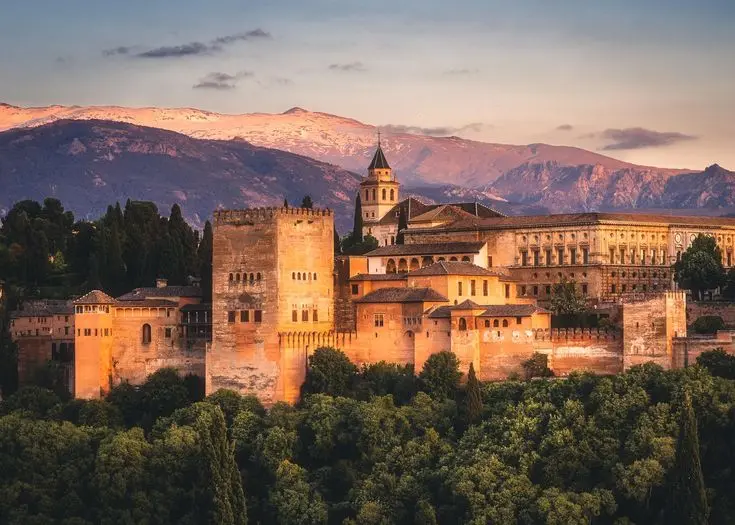
The Alhambra isn’t just a palace, it’s a story written in stone. Built by the Nasrid dynasty, its halls glisten with Arabic calligraphy, intricate stucco work, and delicate arches that filter Andalusian light in the most poetic ways. Wandering through the Court of the Lions or the Generalife gardens is to glimpse Moorish culture at its height.
For luxury travellers, private evening access when the crowds are gone makes the place feel almost dreamlike, and nearby stays in restored palaces or the Parador within the fortress walls offer a continuation of that historic atmosphere.
2. Fallingwater, Pennsylvania
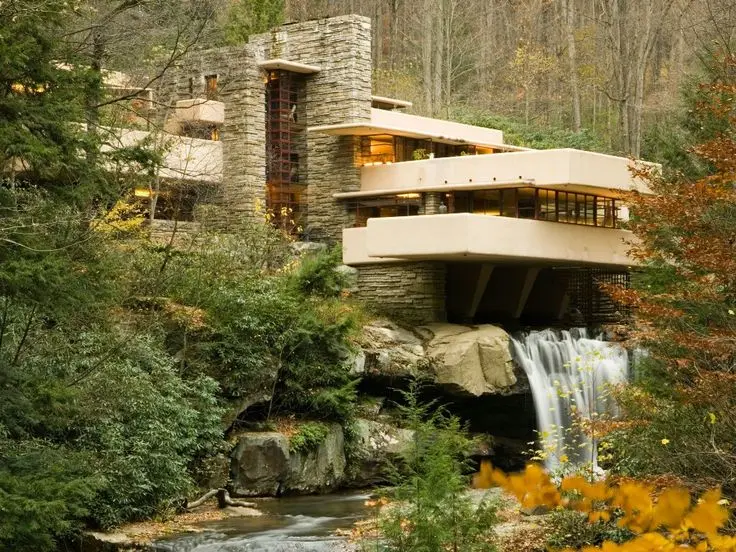
Few buildings capture the imagination quite like Fallingwater. Designed by Frank Lloyd Wright in the 1930s, the house isn’t simply placed in nature – it’s built into it, straddling a waterfall in a way that feels impossible yet serene. Stepping inside is like walking into Wright’s mind, with cantilevered terraces and stone floors echoing the natural world outside.
For those seeking exclusivity, private tours with the foundation’s curators reveal stories not shared with the general public. A stay in one of the elegant countryside inns or estates nearby makes the pilgrimage feel both rustic and refined.
3. Kyoto’s Temples and Machiya Townhouses
Kyoto is a city where architecture is inseparable from spirituality. At Kinkaku-ji, the Golden Pavilion floats serenely over its mirror-like pond, while Ryoan-ji invites quiet contemplation through its minimalist rock garden. These spaces are not just beautiful – they embody centuries of philosophy and ritual.
Beyond the temples, Kyoto’s machiya townhouses tell another story, blending old wooden frameworks with discreet modern comforts. Staying in one, or in a luxury ryokan with private onsen baths and multi-course kaiseki dining, turns the architectural pilgrimage into an immersive way of life.
4. The Pyramids of Giza and the Grand Egyptian Museum
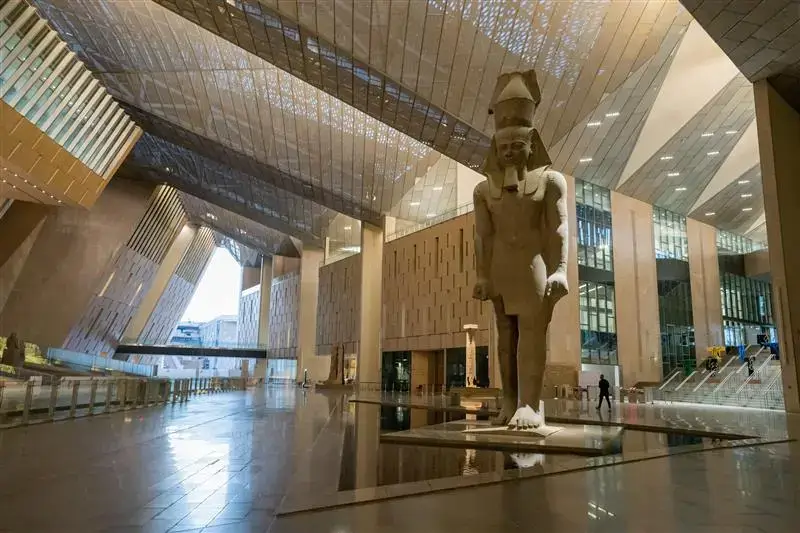
Few sights rival the first glimpse of the pyramids rising from the desert. Their sheer scale defies logic, yet they remain standing after more than 4,500 years. Pair this with the new Grand Egyptian Museum, where artefacts like Tutankhamun’s treasures are displayed in a space designed to match the grandeur of its contents, and you have a pilgrimage that bridges the ancient and the modern.
With a private Egyptologist as guide, sunrise access to the plateau, and a stay in a suite at the Marriott Mena House overlooking the pyramids, the experience becomes both intimate and monumental.
5. Chandigarh’s Modernist Vision
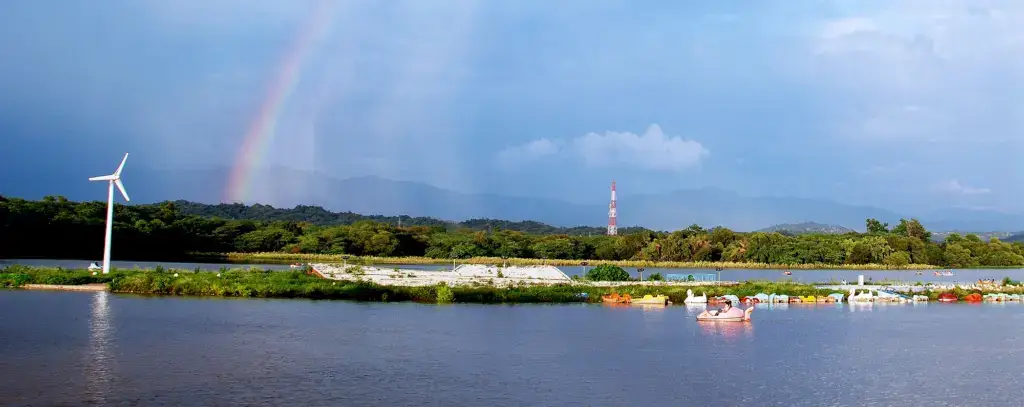
When Le Corbusier was asked to design Chandigarh after Indian independence, he envisioned more than a city – he created a manifesto. Its Capitol Complex, with monumental concrete structures and strict geometric planning, remains one of modernism’s most ambitious experiments.
To the casual eye, it may look austere, but with the right guide, the symbolism and vision come alive. Luxury travellers often explore with specialist architectural historians, before retreating to boutique hotels or renovated colonial villas that soften Brutalist ideals with warmth and hospitality.
6. Guggenheim, Bilbao
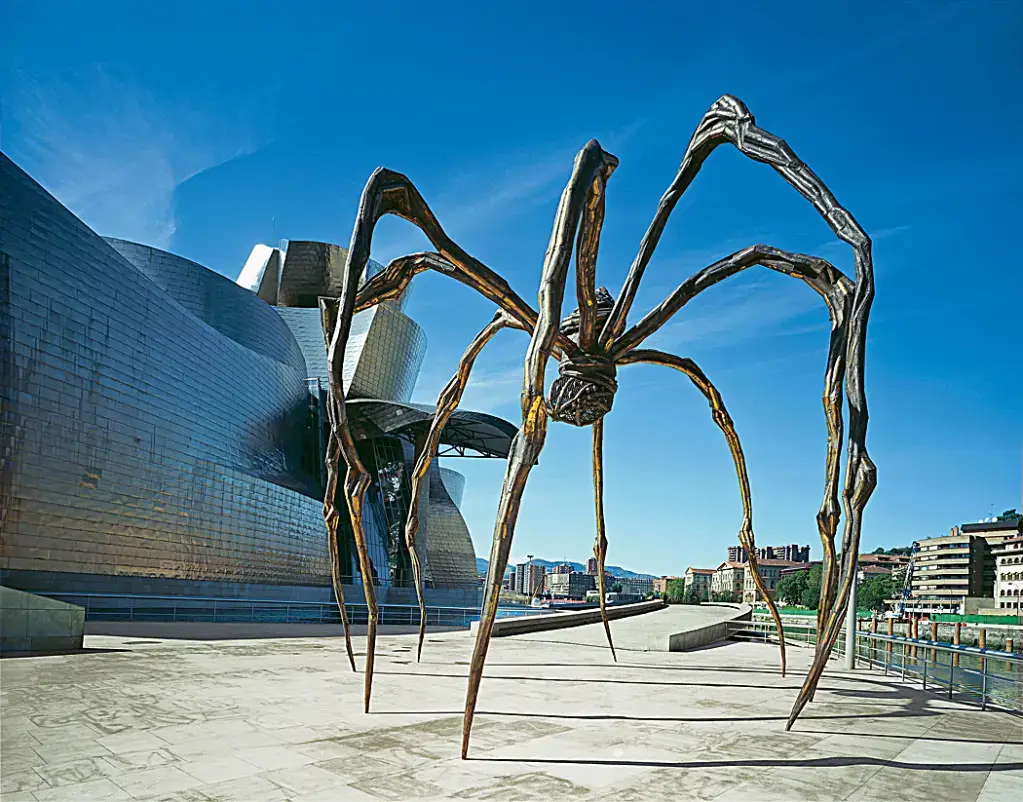
Frank Gehry’s Guggenheim is one of those rare buildings that redefined a city. Its sweeping titanium curves and reflective forms are as much an artwork as anything inside. Visitors often spend as long admiring the building’s interaction with light and water as they do the collections it houses.
For the luxury-focused, private gallery tours and access to closed exhibitions ensure the experience feels personal. Bilbao also sits in the Basque Country, one of Europe’s richest dining regions, where Michelin-starred restaurants provide another form of artistry to savour after the museum.
7. Petra, Jordan
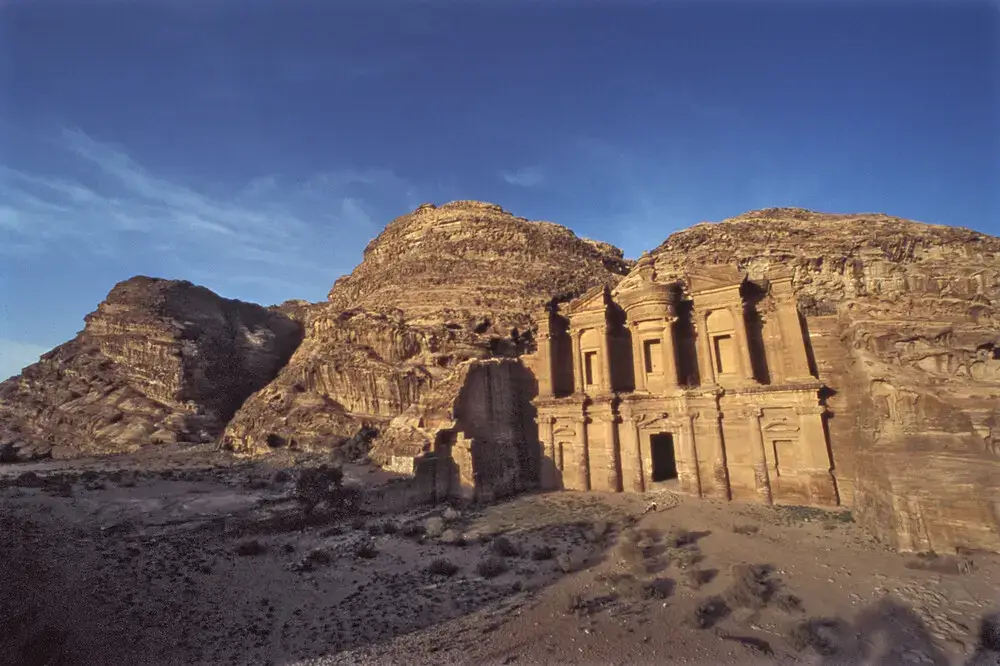
Approaching Petra through the narrow Siq canyon is one of travel’s great moments. As the rock walls suddenly open to reveal the Treasury’s ornate façade, carved straight into the rose-red cliffs, it feels cinematic and otherworldly.
Beyond the headline monuments, the site stretches across valleys, tombs, and temples that reward deeper exploration. Luxury touches elevate the experience: candlelit tours of the Treasury, helicopter transfers from Amman, and stays in luxury desert camps or lodges in nearby Wadi Rum, where the silence of the desert mirrors Petra’s timelessness.
8. Gaudí’s Barcelona
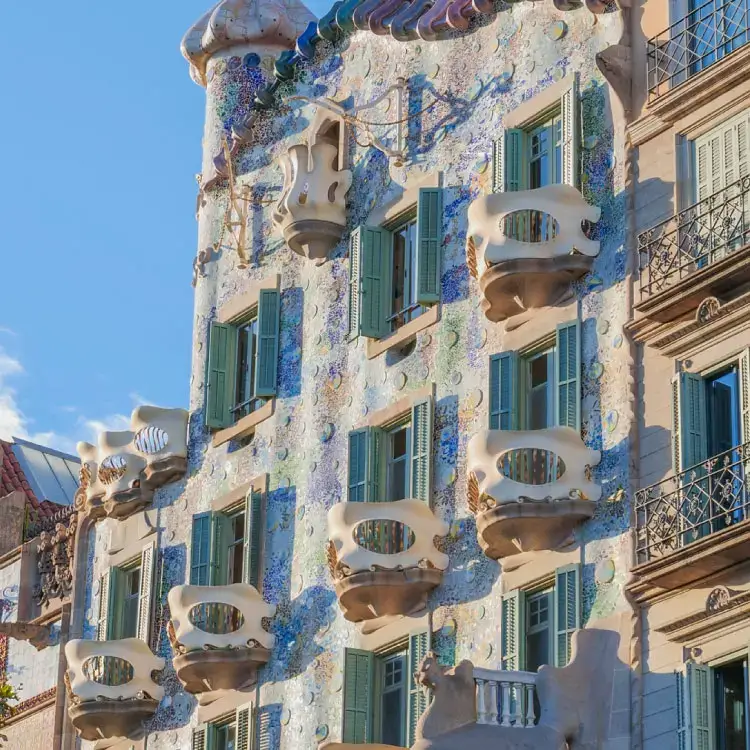
Antoni Gaudí didn’t just design buildings – he reshaped Barcelona itself. The Sagrada Família, still under construction, is a living cathedral where spires climb like trees towards the sky. Casa Batlló and La Pedrera reinterpret everyday living with a whimsical boldness that feels alive.
For a luxury traveller, the joy lies in curated access: private roof terrace tours, after-hours visits, and guided explorations of Gaudí’s hidden inspirations. Staying at Barcelona’s finest hotels, such as the Mandarin Oriental or the Majestic, completes the experience with Catalan flair and comfort.
9. Rome’s Pantheon and Ancient Wonders
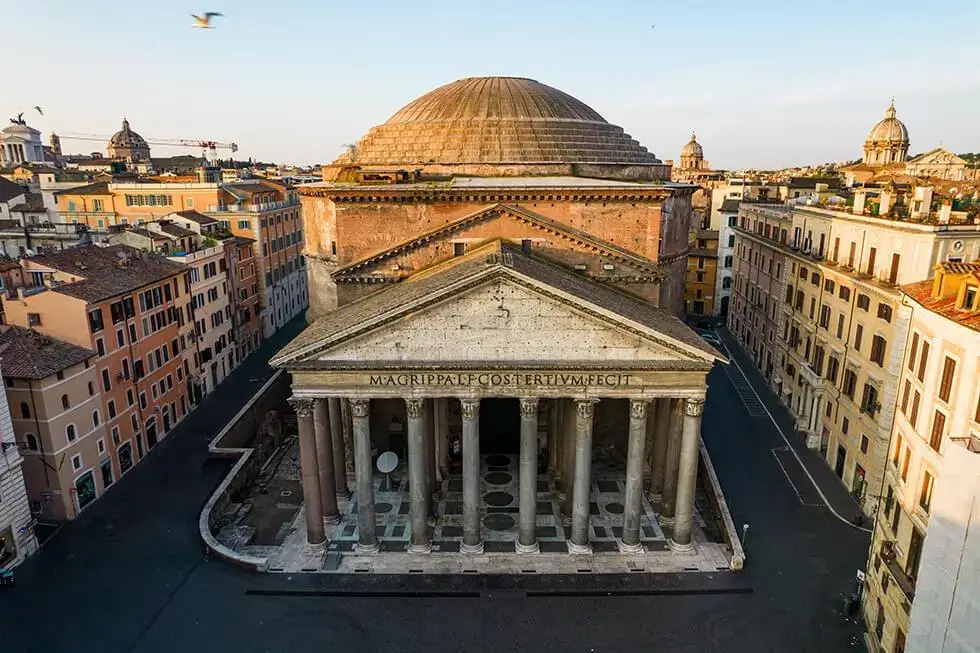
The Pantheon’s dome has stood for nearly two millennia, its central oculus letting in light – and occasionally rain — as if the building itself were alive. It is a marvel of engineering that still humbles architects today. Yet in Rome, the Pantheon is only the beginning: the Colosseum, the Vatican, and countless piazzas each add another chapter to the city’s story.
With private after-hours tours of the Vatican Museums or candlelit explorations of the Forum, luxury travellers can experience Rome without the crowds. Palatial hotels like the St. Regis or Hotel de Russie provide a retreat worthy of the Eternal City.
10. Sydney Opera House
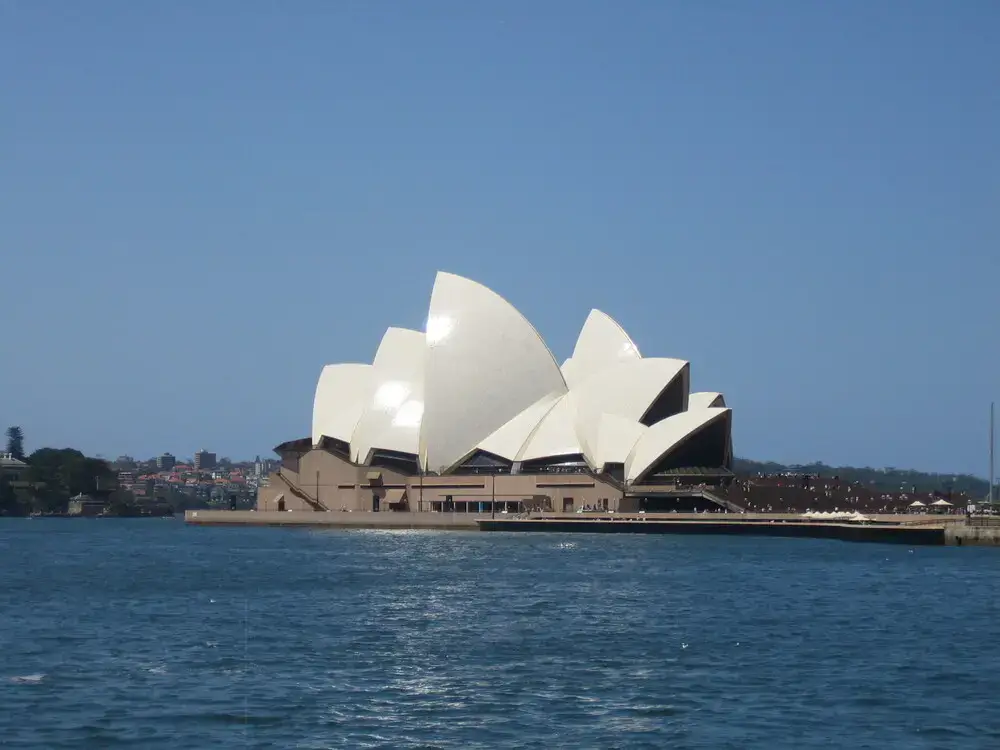
The Sydney Opera House is one of the world’s youngest architectural icons, yet it already feels timeless. Its sail-like roof structures stretch across the harbour like a modern cathedral of performance.
A backstage tour reveals the sheer ambition of its construction, while attending an opera or concert here adds another dimension to the visit. For luxury travellers, arriving by private yacht on the harbour is unforgettable, and evenings can be paired with fine dining at Bennelong or other award-winning restaurants within the Opera House itself.
11. Angkor Wat, Cambodia
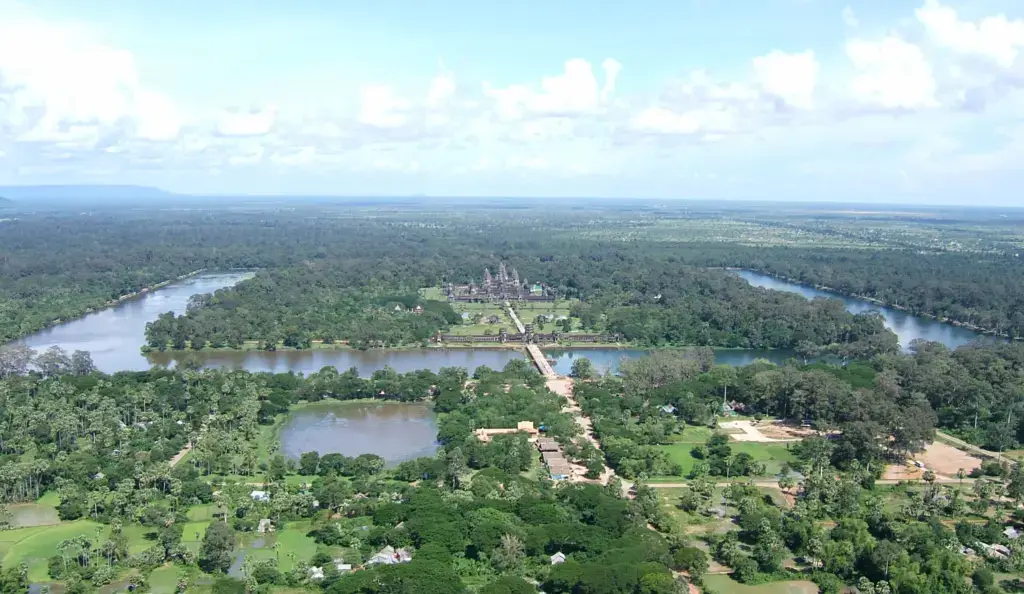
At dawn, the silhouette of Angkor Wat against a soft pink sky is one of the world’s most hauntingly beautiful sights. Built in the 12th century, the complex is a feat of scale and symmetry, designed as an earthly reflection of the Hindu universe. Exploring its galleries and bas-reliefs with an expert guide uncovers stories hidden in the carvings.
For those seeking luxury, exclusive sunrise access, helicopter overflights, and stays at five-star retreats in Siem Reap – complete with spa rituals and fine Cambodian cuisine – elevate this spiritual pilgrimage into something unforgettable.
12. Masdar City, Abu Dhabi
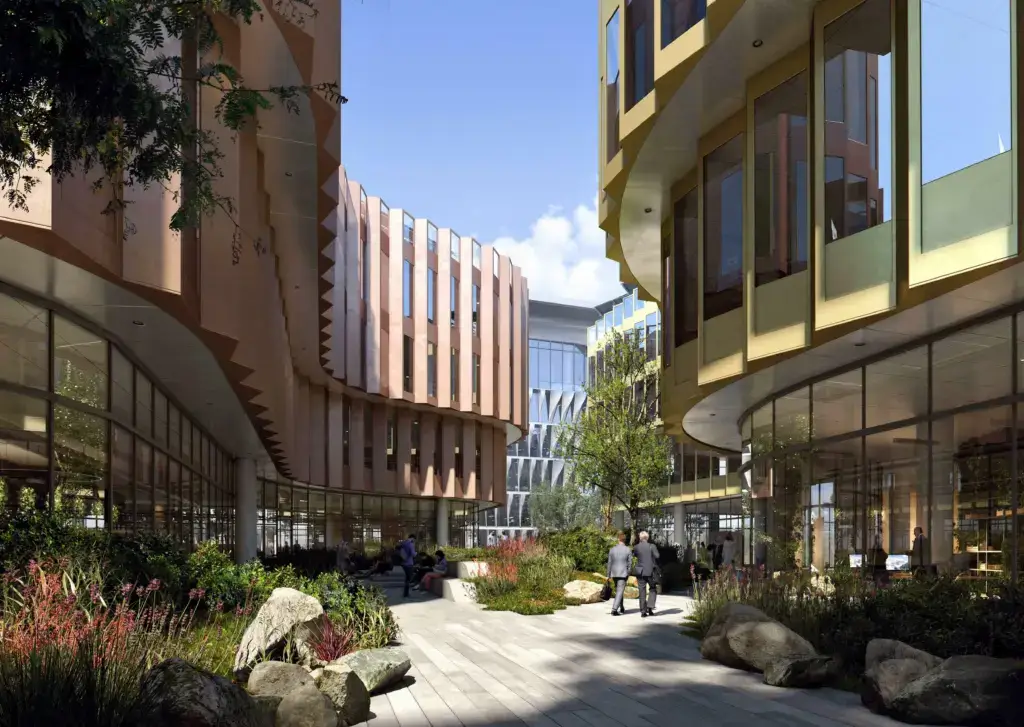
Masdar City offers a glimpse of architecture’s future. Conceived as a zero-carbon eco-city, its shaded streets, driverless pods, and solar-powered infrastructure represent a radical shift in how cities can be designed.
For culturally curious travellers, it is as fascinating as any ancient site, a pilgrimage into the possibilities of tomorrow. Combining the visit with time on Saadiyat Island, home to luxury resorts and the Louvre Abu Dhabi, blends cutting-edge innovation with refined indulgence.
For the culturally curious, these places are more than architectural landmarks. They are living experiences – stories etched in sandstone, poured in concrete, or clad in titanium. Approached thoughtfully and with a touch of luxury, each one becomes not just a visit, but a personal chapter in the traveller’s own cultural journey.


